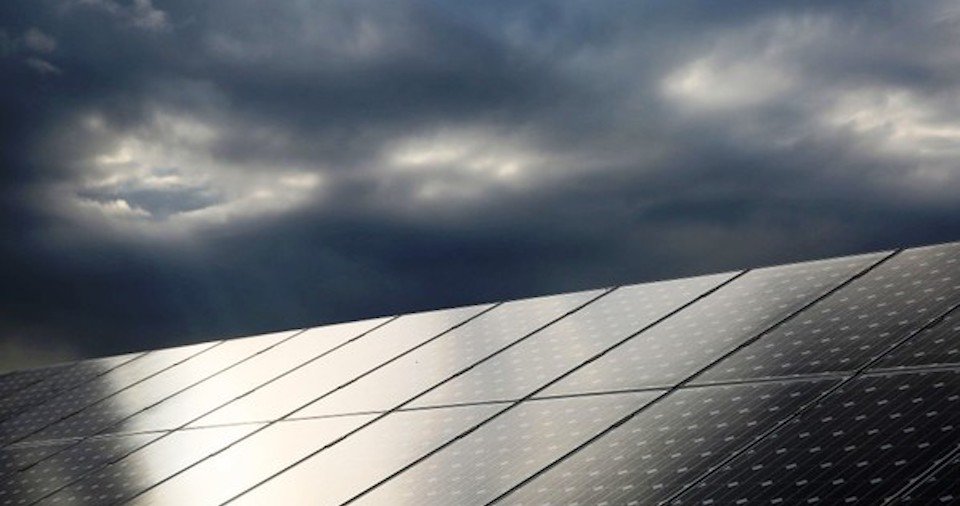For example in states located at lower latitudes such as arizona and hawaii the sun is higher in the sky.
Does the sun position in the sky affect solar panels.
A photovoltaic solar panel produces electricity in direct proportion to the amount of sunlight falling on it.
Because the sun s angle in the sky influences the intensity of the light received by.
Hence the ideal angle for a solar panel is perpendicular to incoming sunlight.
In these conditions solar panels generate more power than when the sun is incident at indirect angles.
The tilt angle has the biggest effect on the efficiency of the solar panel.
Sunlight should hit solar panels as directly as possible.
During the winter the sun moves across the sky at a lower angle angle solar panels higher during these months.
The positioning of solar panels determines the power output.
In the summer months the sun is high overhead catch more sunlight by tilting solar panel at a lower angle.
However solar trackers can be used on a ground installation or on a flat roof.
Sunlight is at its greatest intensity when it is incident directly upon a surface.
They cannot be mounted on a slanted roof.
The angle of the sun in relationship to the angle of the solar panel determines the maximum power density.
The mid to late afternoon frequent heavy dark clouds in an otherwise blue sky resulted in about a 30 reduction in solar power production.
When the angle of the sun is perpendicular to the solar panel it provides the maximum energy output.
In these states solar pv panels require a low tilt to capture direct sunlight.
Photovoltaic pv panels collect solar radiation directly from the sun from the sky and from sunlight reflected off the ground or area surrounding the pv panel.
While the sun is in a higher position in the sky during the summer and lower position during the winter it has an average position right in between the two seasons.
Before sunset when the sun was again hidden by trees but in an otherwise clear sky the solar panel was producing power at 15 of its peak.
By tilting your solar panels the same angle as the latitude of your home which means pointing your panels at that average position you are ensuring that you will get the maximum average output from your solar system throughout the year.
Large commercial systems have solar tracking systems that automatically follow the sun s tilt through the day.
The angle of tilt increases with latitude the further your house is from the equator the higher your tilt angle should be.


























